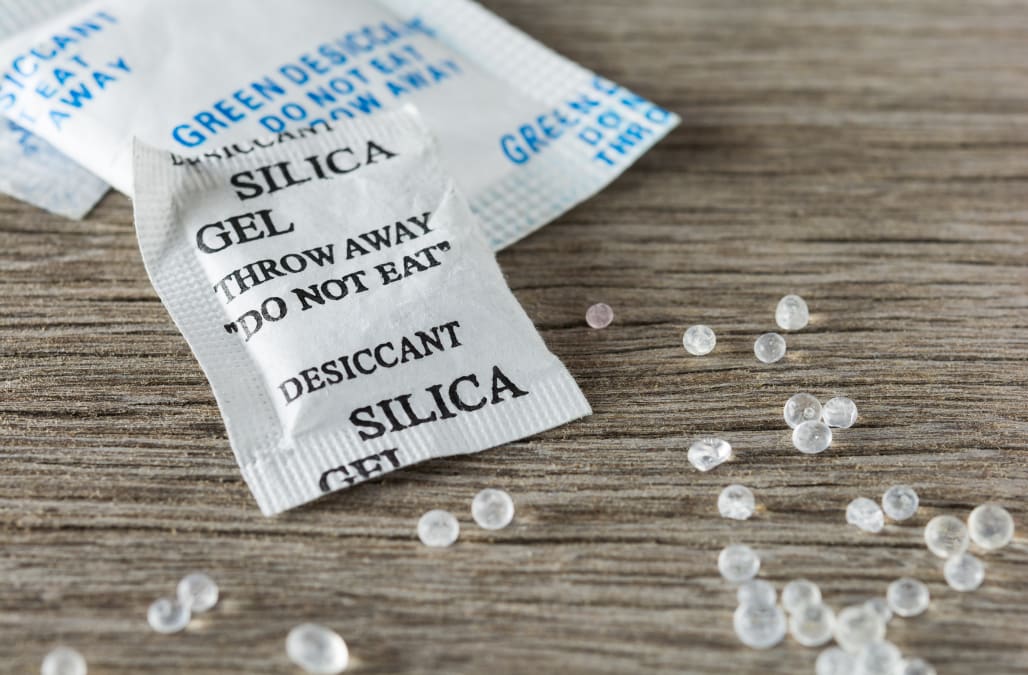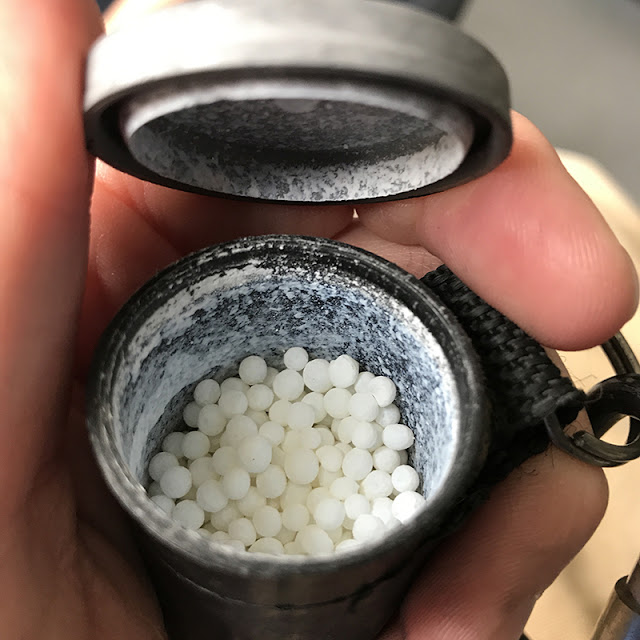I don't often fish dry flies,
but when I do,
I sure as heck want them to float.
It's no great secret. I am always looking for ways to save money, while still feeding the addiction. Fly fishing is such a small niche in the world of angling. With any small, specialized market, there tends to be a pretty high markup on products. The more unique the product, the more expensive it tends to be. For this reason, many fly anglers seek out inexpensive resources. Craft stores are often a fly fisherman's best friend. I always feel a bit odd wandering around the toll paint, yarn, and beads. This doesn't mean I don't fund my local fly shop, because I feel that is important too, but, where possible, I will try and save money. The funny thing is, in all my efforts to save money, I think I probably end up spending more. Oh well, at least I enjoy the effort.
DIY Shake Fly Floatant
Some years ago I stumbled upon an online forum where two people were talking about purchasing the same stuff used to make Frog's Fanny, and other similar silica based powder fly floatants. I found it interesting. I ended up purchasing some of the material myself, and came up with my own little shake style floatant container. It has worked great ever since, and though I do not fish dry flies very often, when I do, I appreciate having it. For this reason, I thought I would take a moment and share the ideas.
The material is called fumed silica. It is a common additive in epoxies as a thickening agent. It is remarkably hydrophobic, and can even be dangerous if handled incorrectly. Acquiring this main ingredient is the first step in creating your own shake fly floatant. I have provided a couple links where this can be purchased. It is usually around 10-25$, which may seem expensive, but this will probably last a lifetime.
http://www.eplastics.com/m/mobile.html?item=31822
http://epoxyproducts.com/silica.html
http://www.epoxyusa.com/category_s/4.htm
Another Seller
The fumed silica is a very fine powder, and should be handled with care. Once you are ready to open it, and start working with the material, make sure to wear a breathing mask, and protective glasses. Because of its hydrophobic nature, it can cause all kinds of problems in both lungs and eyes, which require copious amounts of moisture. Make sure to keep it away from your kids.
The next thing you will need is some Silica Gel (balls). This is usually easy to come by if you know where to look. When I first created my own shake fly floatant, I was working as a satellite technician for Dish Network. Electronics are often packaged with silica gel packets to keep moisture out. I grabbed a few from the many receivers I worked with. I imagine you could talk to a local store that sells electronics, and they could dig some up. Another option, if you don't want to be social, and don't mind spending money, is to purchase some online.
Amazon has them available in bulk --> Silica Gel Balls

The last thing you need is some type of container. I chose an old film canister. It was the perfect size. I had some laying around the house, but if you don't, or don't know someone who does, you can either ask your local photo processor, order some online, or use a different type of container. Non-childproof pill bottles could work as well. It would be easy to request one from your local pharmacy. Who knows, it might be worth it for the looks you get on the river. There's something fishy about an angler messing with a white powdery substance in a pill bottle out on the river.
More from Amazon --> Film Canister
When using, simply place your fly (attached to your line) in the container, hold the lid on with your finger, and shake it around. This allows the silica balls to force the fumed silica into your fly. Then, remove your fly, place the cap back on your floatant and resume fishing. It is stupid simple, but it has saved me money. I'm not sure I'll have to ever by this powdered floatant again during my lifetime. When necessary, I simply add more fumed silica to the container. In between fillings, make sure to save your silica in a safe and dry location. It will suck up moisture from the air, and become far less effective if it is not stored in a sealed container.
 |
| 4+ years of use. |
One last thing to mention. I used tape to attach a key ring to the container. I then attached it to a small carabiner. You could probably come up with a better system, but this redneck setup works for me for now. Hopefully this is helpful, and good luck if you give it a try. And, as always, if you have some recommendations to add, feel free to do so in the comments.


Love it! You've always got awesome tutorials. I'll have to add this one to my to-do list too.
ReplyDeleteSide note: I finally got around to making one of your automatic fisherman for ice fishing, but didn't get a chance to use it before spring came. Excited to use it next year though! Looks like it'll be awesome and it's super sensitive.
Tight lines,
Bryan
Thanks Bryan. Hope they both work out for you.
DeleteYou were very careful in handling the powder and making the canister, What do you do when on a stream with no mask and rubber gloves, does'nt that powder escape into the air and get on your hands. What about accidental spills?
ReplyDeleteGreat question. It does still get in the air some. I just make sure to be conscientious when using it on the water. Never spilled it, but that is certainly a possibility as well. When I purchased it a long while back, it came in a bag, inside a small box. It was easy to get everywhere and very messy, hence the safety recommendations. I was also doing it indoors, with less ventilation as outside. Masks and gloves may be overkill, but some may want to use them. Best of luck, whichever way.
DeleteThank you for the quick response. It is an inovated and interesting cost cutting solution but I think I might try a spray can of WD-40 first.
DeleteI love your creativity not only with fly floatant but your mouse patterns.
ReplyDeleteOne question for you. I too have found the online fumed silica. That is all I use. I just refill the Frog Fanny bottle and apply with the brush when needed. I do not understand the need for the silica gel balls.
You are correct,that the supply you buy online is almost a life time supply. If it is not, then you have been having some great dry fly fishing